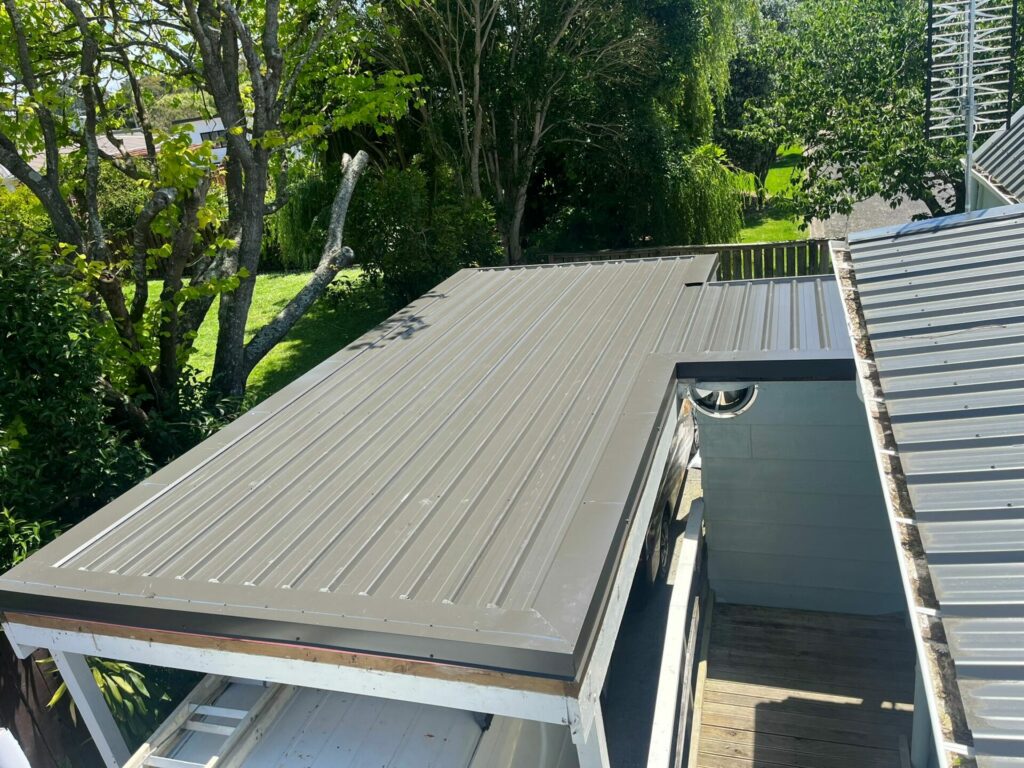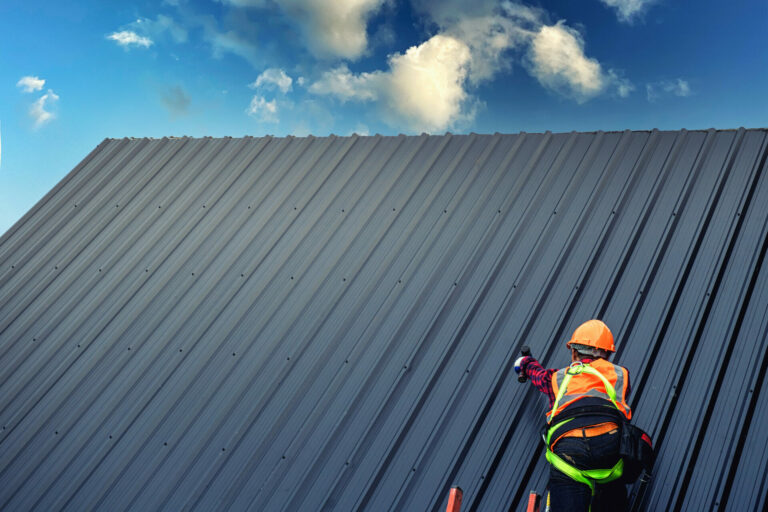If you ask a roofer, they will tell you maintaining a good roof means a well-done roof flashing. In simple words, it protects your roof and house from getting damaged due to water.
Think of the roof flashing as a shield against the water leakage. Along with shingles and gutters, roof flashing plays a significant role by directing water away from vulnerable areas.
What is Roof Flashing?
It is usually a thin strip of metal, made of galvanised steel which is waterproof. Roof flashing works in a similar way to seams on the raincoat, where extra material is used to keep water from leaking through.
It is installed in areas that are critical and receive a lot of water.
Water flashing creates a watertight barrier at a certain point where the roof meets a wall, a chimney, or any other structure. This will help in delivering the water directly into gutters through roof flashing.
This helps a lot in protecting your roofs from damage otherwise the water will be retained on the roof, leading to great damage to the roofs.
Why is Roof Flashing Important?
Our weather conditions vary. But roof flashing will help better protect our roofs and hence our homes from heavy rains and high humidity.
Nearly every type of roof needs flashing to protect homes against leaks, especially those areas that face heavy rain.
Otherwise, we can face several issues like the replacement of the ceiling which can often consume much time and money. Without roof flashing we can face other issues like mold growth.
Types of Roof Flashing
There are a few types of roof flashing and depending on the roof type, the roofer will install the appropriate type. I am going to discuss a few common ones and why they are used briefly.
Valley Flashing
When it comes to roof flashing many components work together to maintain the longevity and durability of our roofs, Valley flashing is one of them. It is typically made up of durable materials such as metal or plastic. It is usually between two sloping roof sections that direct rainwater runoff away from the roof.
Wall Flashing
Wall flashing is made with masonry (the art of making buildings or structures with stones). It helps to prevent water from seeping into buildings and giving it a proper way to be discarded. Its main function is to create a barrier that redirects water away from vulnerable areas, like joints, openings in walls, etc.
Chimney Flashing
Chimney flashing is a construction technique designed in such a way as to create a watertight seal between the chimney and the roof. It’s just like a waterproof seal that protects chimneys and roofs from penetration of water. A chimney is the prime spot that helps the water get into the buildings and thus causes damage to the whole structure of the building.
Edge Flashing
It is another type of roof flashing that is constructed on the edges of the roofs. The main purpose of edge flashing is to prevent water from dripping down the fascia board (which is the decorative or fancy board under the roof’s edge). In the same manner, it directs water away from the roof edges, protecting the underlying components and preventing water damage.
Signs of Flashing Failure
Normally a roof flashing can last for 15-20 years, depending upon the weather conditions and material used. After that, you may see deteriorating signs or aftereffects. These signs give a bad appearance to the building and also indicate it may be time to speak to a roofer.
When these signs appear, we are supposed to repair or replace the roof flashing. Otherwise, it can lead to bigger problems and risks i.e. roof replacement.
Visible rust or cracks in the flashing material
Due to weather exposure, there is a possibility that rust or cracks may appear on the flashing material. This sign informs us that the flashing may no longer be effective in preventing water.
Stains or watermarks on interior ceilings or walls
Stains and watermarks on interior ceilings or walls are prominent signs that inform us that the water has found its way inside the roof or building because of leakage. Hence this faulty flashing must need to be changed.
Missing or loose flashing around chimneys, vents, or skylights
Chimneys, vents, or skylights are some common spots that can prevent water from entering inside the building. Missing or loose flashing leaves a gap that can cause a leakage which can cause damage to the whole building structure.
Some notes
Although the repairs are worth considering like minor defects you can repair by yourself it is not going to work much longer than you must seek for expertise.
It’s worth considering professional, skilful, and qualified roofers for the job. An experienced roofer can install and repair roof flashing that is most suitable for your building, saving you time and money.
Hiring a licensed and insured professional is critical to ensuring your roof is well-protected. DIY repairs can be dangerous and often lead to more issues down the line. Asking a professional person can save you from further losses.
At Grand Scale, we give utmost importance to our clients and their roof problems. As I said before, this is where our years of experience benefit our clients in solving their roof issues promptly without much hassle for them.
Safety is the top priority and there should never be any compromise or delay in checking our roofs regularly. If you are concerned about flashing, reach out to us for better inspection and consultation.



